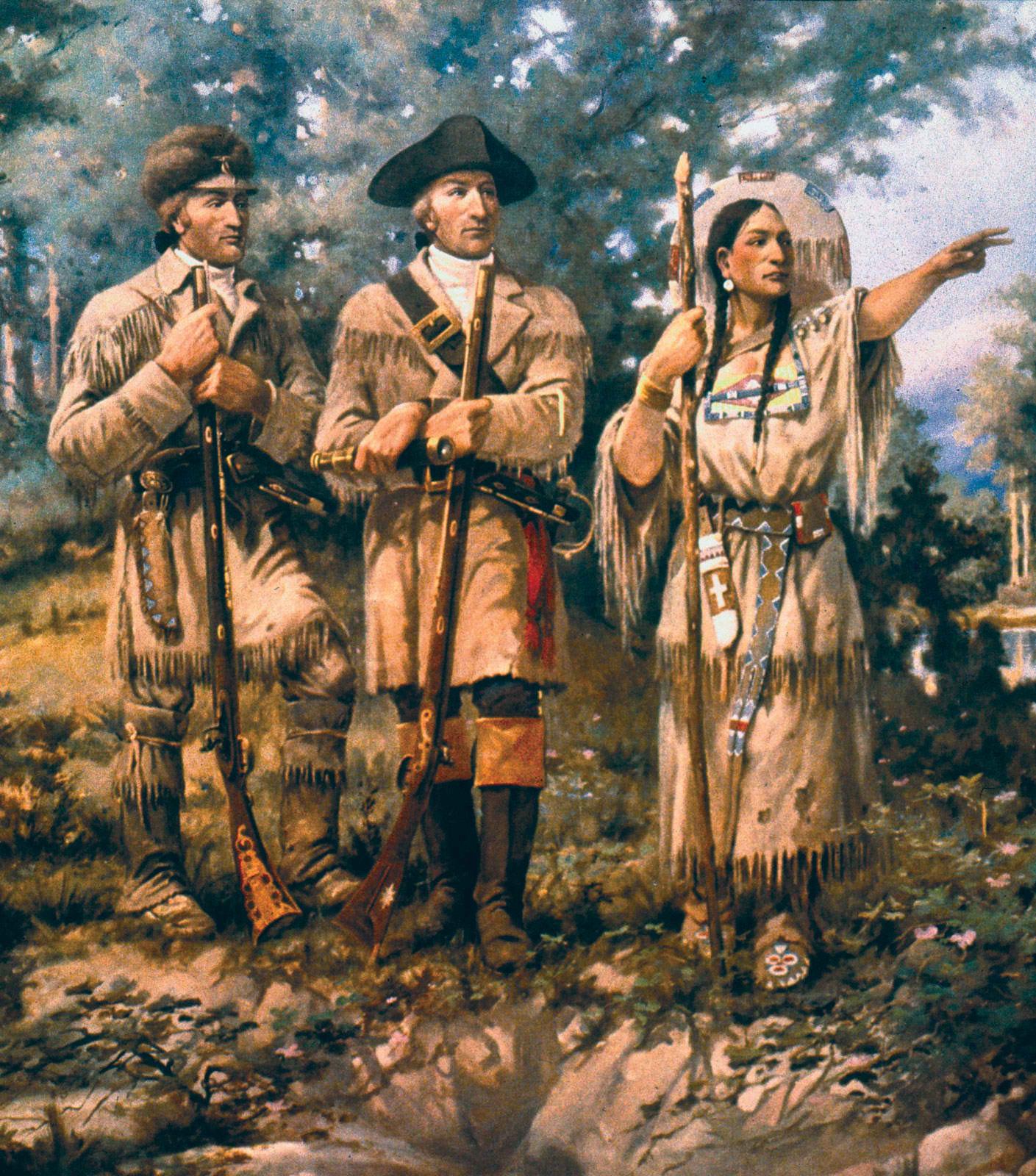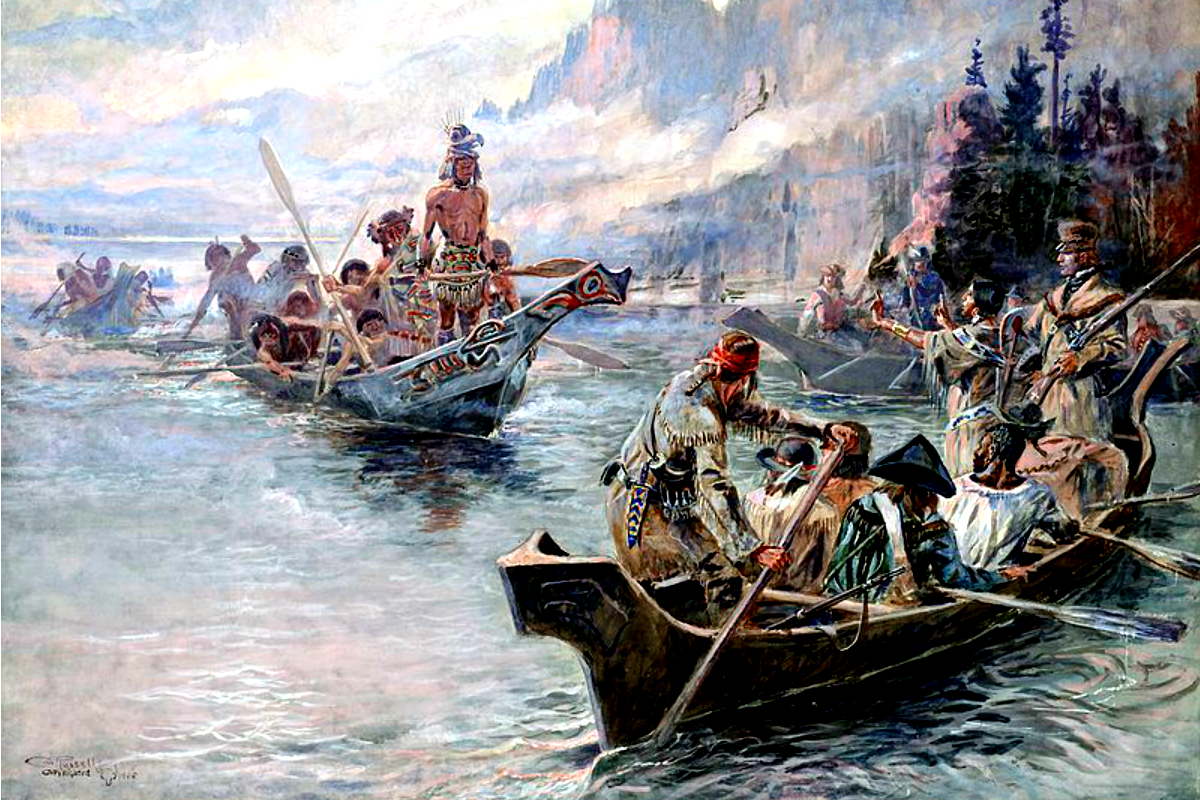Who was Sacagawea? This question sparks curiosity about one of the most significant figures in American history. Sacagawea, born around 1788, played an essential role in the exploration of the American West alongside the Lewis and Clark Expedition. Her story is one of resilience and bravery, as she navigated her way through a male-dominated world, all while caring for her newborn son.
Who Was Sacagawea?
Sacagawea was the daughter of a Shoshone chief, but her early life was filled with turmoil. Captured by an enemy tribe around the age of 12, she was sold to a French Canadian trapper named Toussaint Charbonneau, who became her husband. In November 1804, Sacagawea joined the Lewis and Clark Expedition as a Shoshone interpreter, a decision that would change the course of her life and the history of the United States. Tragically, she passed away at Fort Manuel in present-day South Dakota around 1812.
Early Life
Born in Lemhi County, Idaho, Sacagawea's name translates to "boat puller" or "bird woman." Her early years were marked by the challenges of captivity and adaptation to a new life. Despite these hardships, she became a skilled interpreter, known for her fluency in Shoshone. This ability would prove invaluable during her journey with Lewis and Clark, as she was the only woman on the expedition.
Much about Sacagawea's life remains shrouded in mystery. After being captured by the Hidatsa Indians, she was sold to Charbonneau, who eventually brought her into the expedition. Her unique background and experiences helped her navigate various cultural landscapes, making her an essential asset to the Corps of Discovery.
The Lewis and Clark Expedition
In November 1804, Sacagawea and her husband lived among the Hidatsa and Mandan tribes in present-day North Dakota. When Meriwether Lewis and William Clark's expedition, known as the Corps of Discovery, arrived, they quickly recognized the potential Sacagawea had to assist them. Despite being pregnant, she was chosen to accompany the group due to her knowledge of the Shoshone language and culture.
In February 1805, Sacagawea gave birth to her son, Jean Baptiste Charbonneau, during a challenging journey. Her ability to find edible plants and save cargo during a boat capsizing showcased her resourcefulness. Moreover, her presence as a woman traveling with a child helped foster trust with various Native American tribes, leading to more peaceful negotiations.
Fort Clatsop
After reaching the Pacific coast in November 1805, Sacagawea had the opportunity to vote on the location of their winter fort, which became known as Fort Clatsop. This was a significant moment, as it showcased her involvement in important decisions within the expedition. The group remained at Fort Clatsop until March of the following year, where they prepared for the journey back east.
Throughout the return trip, Sacagawea, her husband, and her son continued to support the expedition. During this time, Clark developed a fondness for her son, even offering to help him receive an education, emphasizing the bond formed between them during their travels.
Legacy and Death
After leaving the expedition, Sacagawea’s life became less documented. In 1809, she and her husband traveled to St. Louis, where their son was left in Clark's care. Sacagawea later gave birth to a daughter, Lisette, but sadly, she passed away just months after the child's birth, around 1812, at Fort Manuel. Despite the uncertainty surrounding her later years, her contributions to American history have been memorialized in various forms.
Over the years, Sacagawea has been honored through statues, place names, and even a U.S. dollar coin issued in 2000. Her legacy as a trailblazer and invaluable member of the Lewis and Clark Expedition continues to inspire generations, reminding us of the important role women played in shaping our nation.
Key Takeaways
What You Will Learn
- Sacagawea's early life was filled with challenges, including captivity and adaptation to a new culture.
- She played a crucial role in the Lewis and Clark Expedition as the only woman and a skilled interpreter.
- Her presence helped foster trust during negotiations with Native American tribes.
- Sacagawea's legacy continues to inspire, with various tributes honoring her significant contributions to American history.
Nicki Minaj: The Rise Of A Hip-Hop Icon And Business Mogul
Unveiling The Life And Career Of Jennifer Jason Leigh: A Journey Through Film And Television
Benjamin Banneker: The Remarkable Life Of A 18th Century Trailblazer


